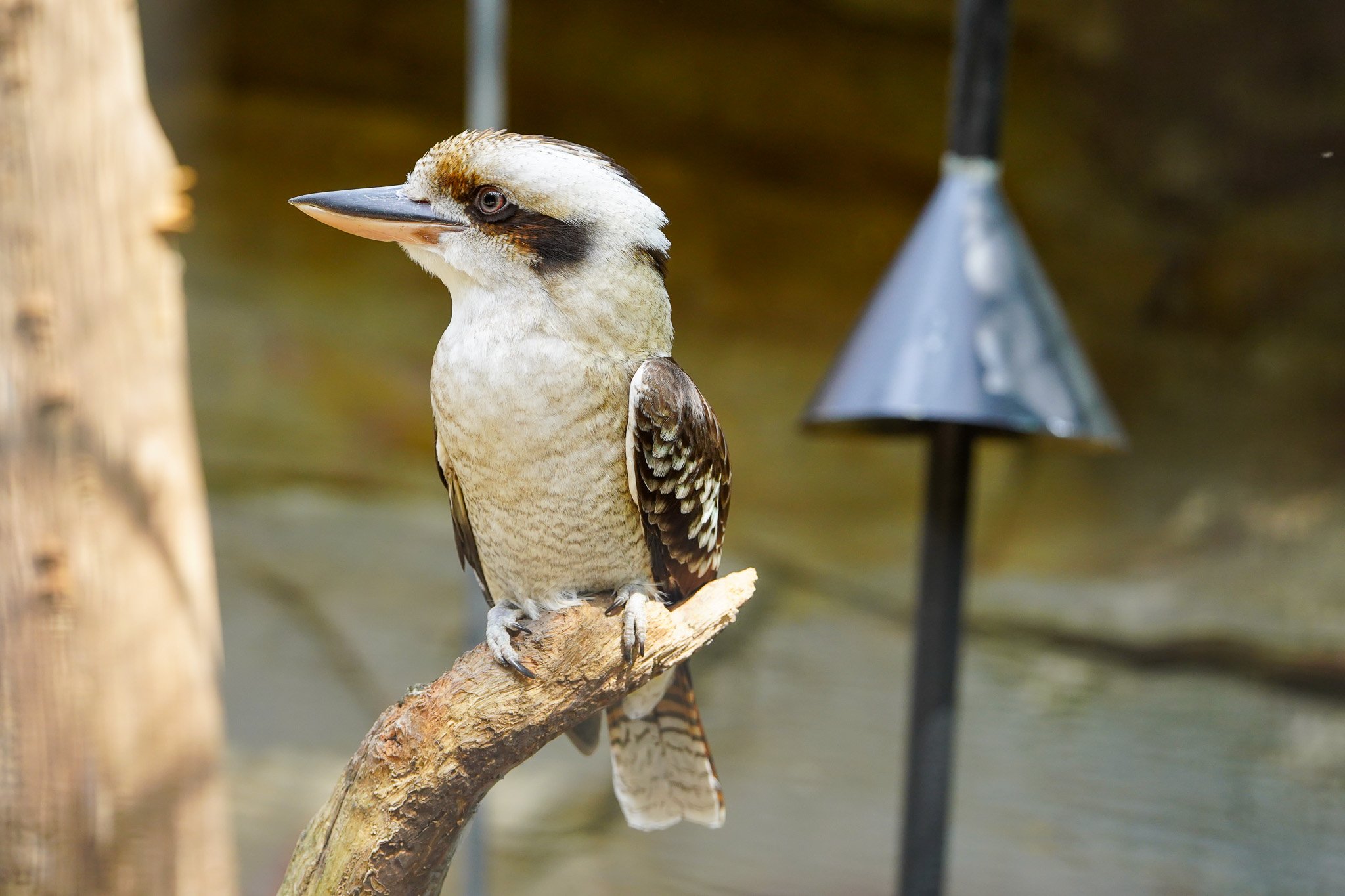
Lion
Lions are social big cats known for living in prides, with males averaging 190kg and females 127kg, primarily inhabiting Savannahs and grasslands in Africa, where they hunt in groups and raise cubs communally.
Learn about the Lion
Scientific Name: Panthera leo
Classification: Vulnerable
Size: Males weigh 150-250 kg and measure 2.5-3.3 m in length; females weigh 120-182 kg and are slightly smaller.
Distribution: Sub-Saharan Africa and a small population in India (Asiatic lion).
Diet: Carnivore, primarily hunting large ungulates like zebras and wildebeests.
Lifespan: About 10-14 years in the wild; up to 20 years in captivity.
Litter Size: The average is usually around 2 to 3 cubs.
Primary Threats: Habitat loss, human-wildlife conflict, and poaching.
Where are Lions Found?
Lions are primarily found in sub-Saharan Africa, inhabiting savannas, grasslands, and open woodlands. A small population of Asiatic lions can be found in the Gir Forest of India.
Why are Lions Classed as Vulnerable?
Lions are classified as vulnerable due to declining populations driven by habitat loss, conflicts with humans, and poaching for their body parts. Conservation efforts are critical for their survival.
Do Lions Have Long Lives?
Lions typically live around 10-14 years in the wild, with females often living longer than males. In captivity, they can reach up to 20 years, exhibiting complex social structures and fascinating behaviours within their prides.









